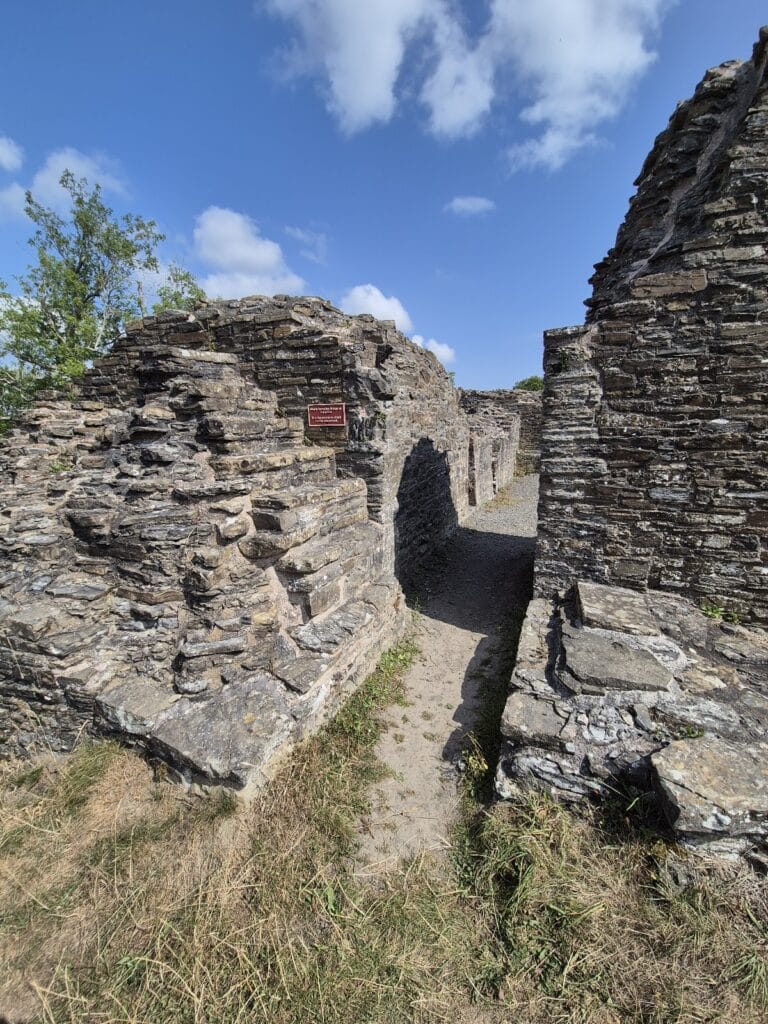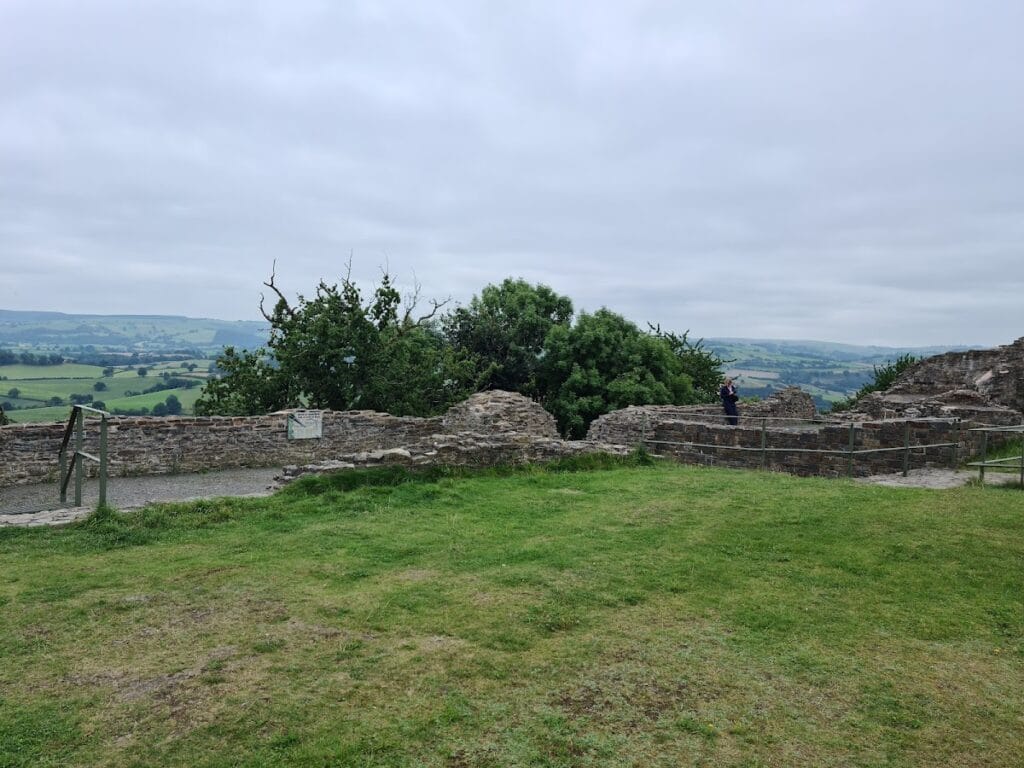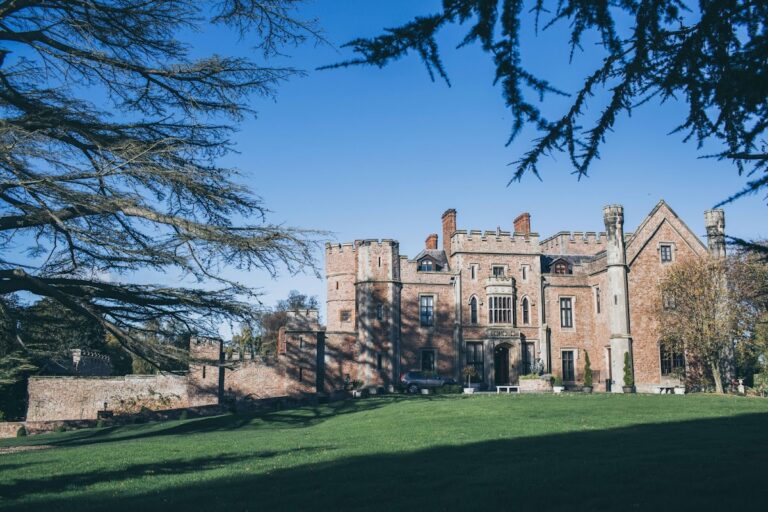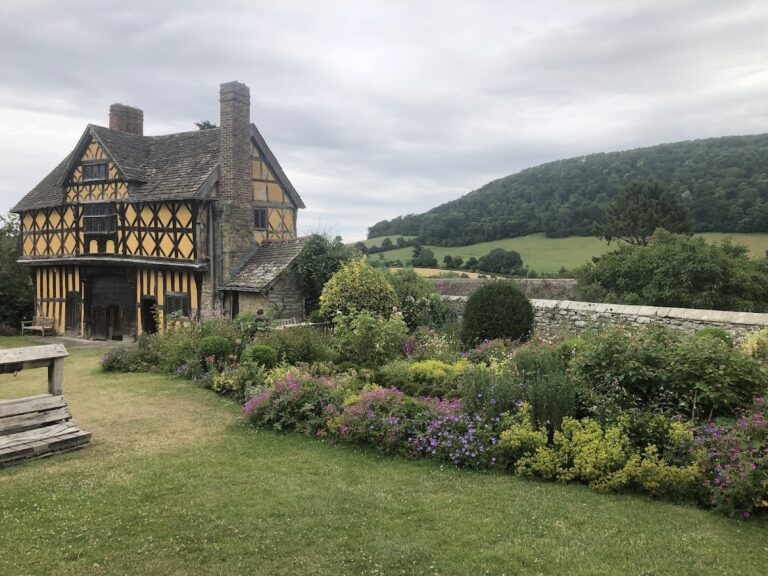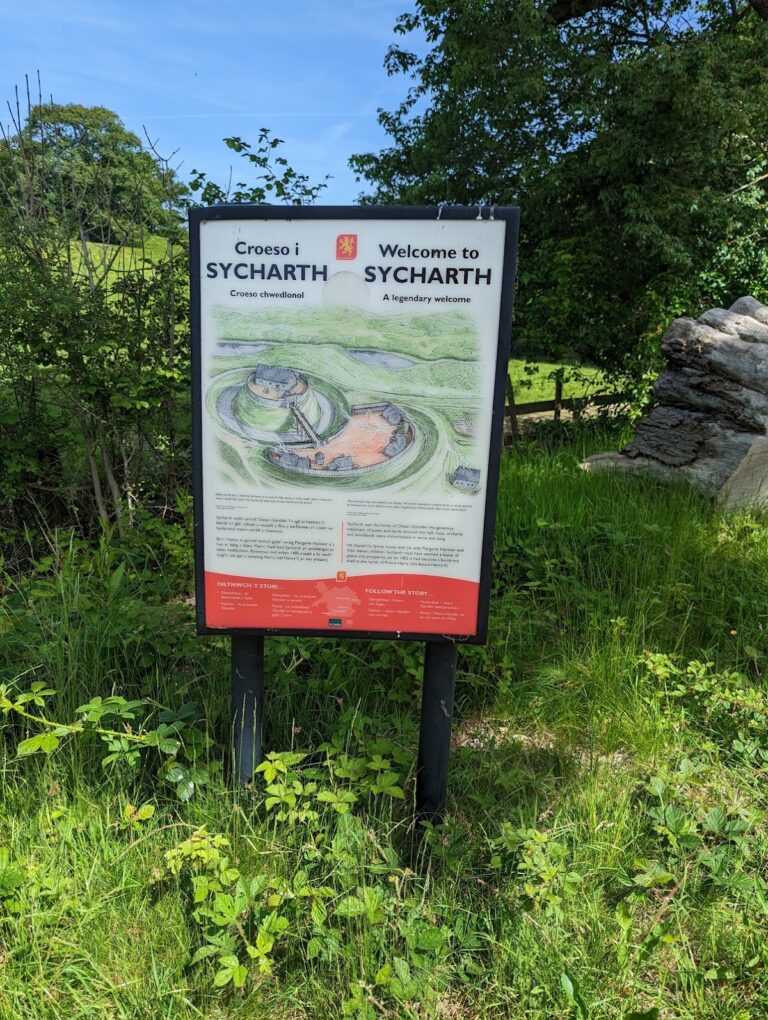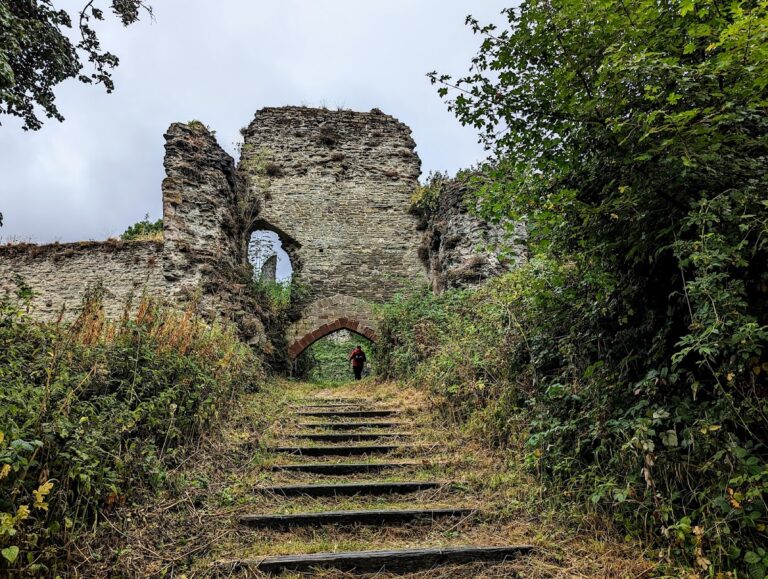Dolforwyn Castle: A 13th-Century Welsh Fortress in the United Kingdom
Visitor Information
Google Rating: 4.6
Popularity: Low
Google Maps: View on Google Maps
Official Website: cadw.gov.wales
Country: United Kingdom
Civilization: Medieval European
Remains: Military
History
Dolforwyn Castle is located near Abermule in the United Kingdom and was built by the Welsh during the 13th century. It was established by Llywelyn ap Gruffudd, the Prince of Gwynedd, as part of his efforts to strengthen his authority over the Severn Valley.
Construction of the castle took place between 1273 and 1277 following Llywelyn’s conquest of the surrounding districts of Cedewain and Ceri. This fortress was erected without the consent of the English king Edward I, setting the stage for conflict between Welsh and English interests, as well as between Llywelyn and certain local Welsh leaders aligned with England.
In April 1277, Dolforwyn Castle fell after a siege led by English commanders Roger Mortimer, Henry de Lacy, and Otto de Grandson. A critical factor in its capture was the castle defenders’ lack of access to a reliable water source. After its seizure, the English modified the structure by sealing the southern gate, introducing new buildings, and digging a well to ensure a steady water supply.
Ownership of Dolforwyn Castle passed to the Mortimer family and remained with them until 1322. At that time, inventories recorded a range of domestic and functional spaces within the castle complex, including storage areas for grain, an armoury, kitchens, a brewhouse, a bakehouse, and a chapel, alongside rooms designed for the lord and his household. The castle continued to be occupied through the reign of Richard II but deteriorated into a ruinous state by the late 14th century.
The site gradually faded from common knowledge until the 20th century when it was obtained by the grandfather of antiquarian John Davies Knatchbull Lloyd. Later, in 1955, ownership passed to Cadw, the Welsh historic environment service. Archaeological investigations were undertaken between 1981 and 2002 under the direction of Dr Lawrence Butler, greatly enhancing understanding of the castle’s construction and use. Preservation efforts, including masonry consolidation, began in 2009.
Remains
Dolforwyn Castle occupies a position on a wooded ridge about 214 meters above sea level, offering views over the upper Severn Valley. The site is laid out on a large rectangular platform carved directly from the rock, measuring roughly 240 by 90 feet. The initial fortifications included a rectangular keep positioned at the southwestern end and a circular tower at the northeastern extremity. These features were connected by defensive walls, effectively creating a rectangular courtyard enclosed by ramparts. A distinctive D-shaped tower is located along the northern wall of this enclosure.
Within the castle, a natural rock-cut ditch divides the enclosed area into two separate wards. Along the northern wall of the inner ward stands a two-storey stone building. The main entrance to the castle was situated on the west side, while a smaller gate in the southern wall was later blocked following its capture by English forces.
Excavations have uncovered the remains of a small stone-lined hall, which likely served as a communal or administrative space. Evidence of English repairs can be identified through variations in the mortar used in the masonry, indicating modifications after the castle’s original Welsh construction. Among the archaeological finds is a stone structure believed to have functioned as a wheat-drying oven, a necessary facility for food preparation and storage. A cistern or cellar well approximately six meters deep was also revealed during the digs, reflecting attempts to address water supply issues.
Artifacts recovered at Dolforwyn include a fragment of a leather book cover, a small gaming die, and a silver coin dating from the reign of Edward II. Many stone catapult balls found around the site can be directly linked to the 1277 siege, providing tangible evidence of the castle’s military history.
Today, the masonry has been carefully consolidated to protect the remaining structures, which remain exposed on their original site. These preserved elements offer valuable insight into the castle’s defensive arrangements and daily functions during its period of occupation.
